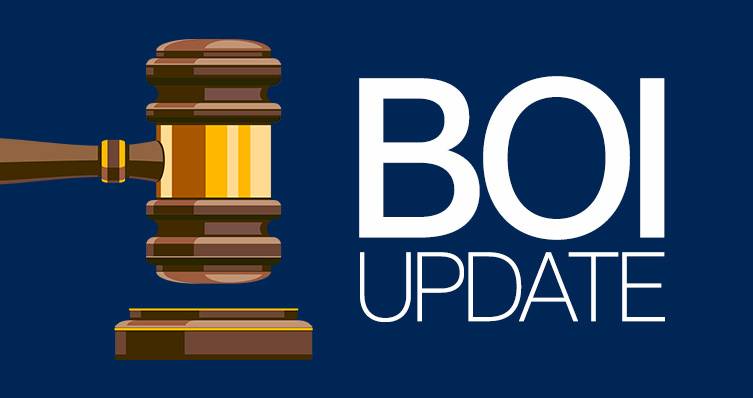Even if you’re still working on your 2024 tax return due in April, your 2025 taxes are taking shape right now.
Several tax amounts have changed for 2025 because of inflation and could impact your return next year. Not all tax figures are adjusted annually, and some amounts only change when Congress passes new laws.
One caveat to tax planning is the situation in Washington, where tax law changes are likely in the coming months. But for now, here are a few common questions and answers – based on what we know so far – for 2025.
I haven’t been able to itemize deductions on my last few tax returns. Will I qualify for 2025?
Beginning in 2018, the Tax Cuts and Jobs Act (TCJA) eliminated the ability to itemize deductions for many people by increasing the standard deduction and reducing or eliminating various deductions. For 2025, the standard deduction amount is $30,000 for married couples filing jointly (up from $29,200 in 2024). For single filers, the amount is $15,000 (up from $14,600 in 2024) and for heads of households, it’s $22,500 (up from $21,900 in 2024). If the total amount of your itemized deductions (including mortgage interest) is less than the applicable standard deduction amount, you won’t itemize for 2025.
If I don’t itemize deductions, can I claim charitable deductions on my 2025 return?
Generally, taxpayers who claim the standard deduction on their federal tax returns can’t deduct charitable donations.
How much can I contribute to an IRA for 2025?
If you’re eligible, you can contribute up to $7,000 a year to a traditional or Roth IRA. If you earn less than $7,000 during the year, you can contribute up to 100% of your earned income. (This is unchanged from 2024.) If you’re 50 or older, you can make an additional $1,000 “catch up” contribution for 2024 and 2025.
I have a 401(k) plan with my employer. How much can I contribute to it?
In 2025, you can contribute up to $23,500 to a 401(k) or 403(b) plan (up from $23,000 in 2024). You can make an additional $7,500 catch-up contribution if you’re age 50 or older for 2024 and 2025. However, there’s something new this year for 401(k) and 403(b) participants of certain ages. Beginning in 2025, those who are age 60, 61, 62 or 63 can make catch-up contributions of up to $11,250.
I occasionally hire someone to clean my house. Am I required to withhold and pay FICA tax on the amounts I pay them?
In 2025, the threshold for when a domestic employer must withhold and pay FICA for babysitters, house cleaners, etc. who are independent contractors is $2,800 (up from $2,700 in 2024).
How much of my earnings are taxed for Social Security in 2025?
The Social Security tax “wage base” is $176,100 for this year (up from $168,600 in 2024). That means you don’t owe Social Security tax on amounts earned above that. You must pay Medicare tax on all amounts you earn.
How much can I give to one person without triggering a gift tax return in 2025?
The annual gift tax exclusion for 2025 is $19,000 (up from $18,000 in 2024).
How will the changes in Washington affect taxes?
The specifics of any new tax legislation depend on political and economic factors. However, there are likely to be many changes in the next few years. Republicans have signaled that they’d like to extend and possibly make permanent the provisions in the TCJA that expire after 2025. They’ve also discussed raising or eliminating the cap on the state and local tax deduction. Other proposals include expanding the Child Tax Credit and making certain types of income (tips, overtime, and Social Security benefits) tax-free. Some of these tax breaks could become effective for the 2025 tax year.
© 2025 KraftCPAs PLLC










